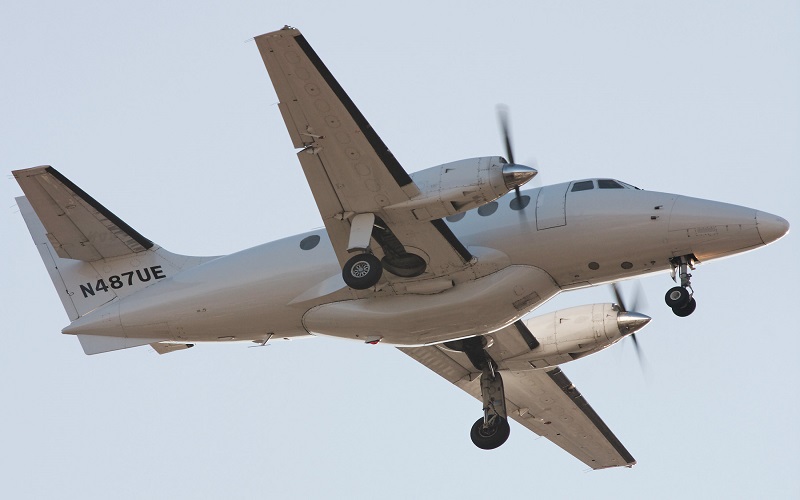In the United Kingdom, the Aerospace Technology Institute (ATI) has just presented its project for the aircraft of the future. It will run on hydrogen and will not emit carbon dioxide. A new player positioning itself in this niche, ATI should obviously compete with the giant Airbus with a deadline in the mid-2030s.
Ensuring long-haul lines
In 2020, Airbus announced three hydrogen aircraft concepts that are expected to be launched in 2035. While all three planes will run on the same power source, their aerodynamic configurations will be very different. Airbus is working on a classic turbojet, a turboprop (propeller plane) and an aircraft with an integrated fuselage (a flying wing). In addition, the airline company EasyJet has already expressed its interest in the project.
While Boeing has yet to comment on a similar project, the UK’s Aerospace Technology Institute (ATI) has just proposed one. In a December 6, 2021 press release, the institute introduced its own hydrogen-powered aircraft concept under the name FlyZero. In theory, this device will be able to operate lines like London-San Francisco or London-Auckland (New Zealand) non-stop.
A major competitor for Airbus
Beyond the FlyZero project alone, the UK wants to fund other projects capable of supporting the entire industry in the country. Moreover, while hydrogen still poses some environmental and economic questions, the fallout in the aeronautics sector could affect the whole world, and not just the United Kingdom. In addition, this type of project should help the country meet its commitments in the fight against global warming.
“These designs could define the future of aerospace and aviation. By working with industry, we want to show that truly carbon-free flight might be possible, with hydrogen as a precursor to replace conventional fossil fuels, “the statement read.
With a wingspan of 54 meters, the FlyZero will be able to carry 279 passengers over long distances. In addition, the storage of its fuel at -250 ° C will be in specific tanks located at the rear and on the sides of its fuselage. The goal here is to ensure a good balance of the device. However, those responsible for the project do not hide the fact that the success of FlyZero will absolutely have to go through profound (and therefore costly) transformations with regard to airport infrastructure.
According to ATI, the first flights are expected to take place in the mid-2030s, around the same time as the Airbus project. In addition, the institute plans to unveil other similar aircraft in the near future in a smaller size to provide connections on a continental or regional scale.



